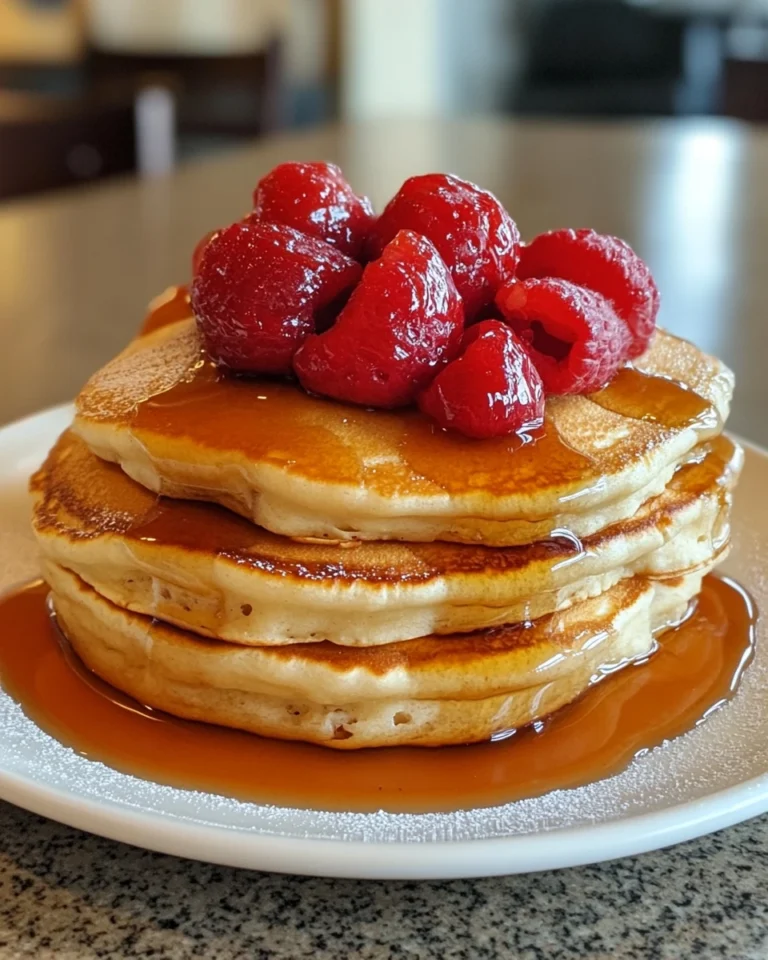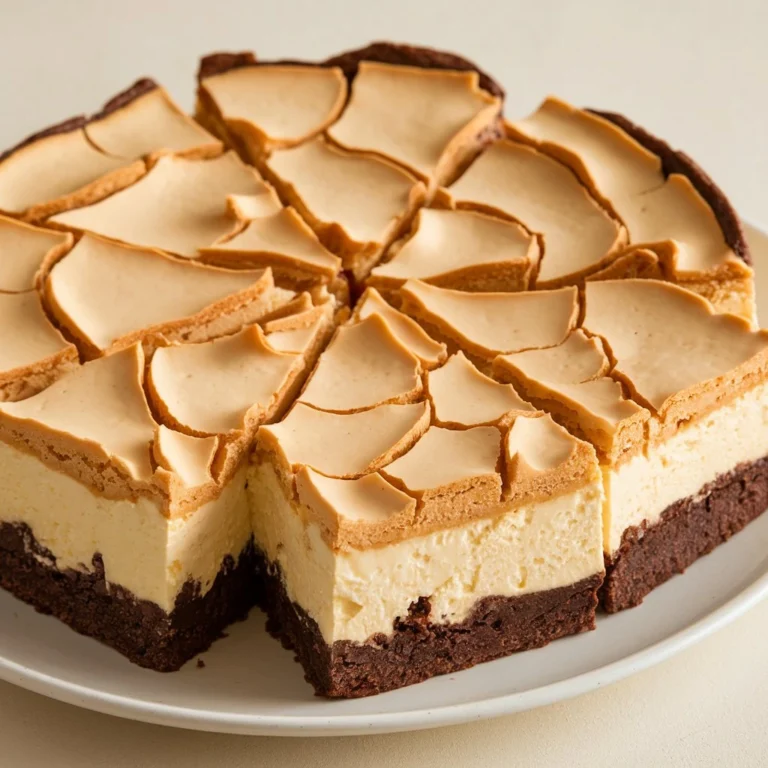When Has Sourdough Discard Gone Bad?
Sourdough baking is more than just a trend; it’s a tradition steeped in history. Central to this practice is the maintenance of a sourdough starter, a living culture of yeast and bacteria that requires regular feeding to stay active. However, with regular feeding comes sourdough discard, which is the portion of starter that you remove to make room for fresh flour and water.
While sourdough enthusiasts often focus on maintaining their starter, discard management is just as important. Improperly stored or neglected discard can go bad, and understanding when and why this happens can save you from using spoiled discard in your recipes. This article will explore the lifespan of sourdough discard, how to properly store it, and, most importantly, how to recognize the signs that your discard has gone bad. We’ll also dive into creative ways to use discard before it spoils, ensuring that no part of your sourdough process goes to waste.
For more on food safety and fermentation, visit the USDA Fermentation Guidelines [link to USDA page].
What Is Sourdough Discard?
Sourdough discard refers to the portion of your sourdough starter that you remove before feeding the remaining starter with fresh flour and water. This process helps keep the acidity levels and microbial balance in check, preventing the starter from becoming too sour or inactive. Although sourdough discard doesn’t have enough strength to leaven bread on its own, it is still a valuable ingredient full of natural yeast and bacteria that can be used in a variety of recipes.
Many bakers incorporate sourdough discard into pancakes, muffins, crackers, and even pizza dough. The tangy flavor from the natural fermentation can enhance these recipes, adding complexity and depth to the final product. However, sourdough discard isn’t immortal. Like any other food, it has a limited shelf life, and understanding how to extend its usability and spot signs of spoilage is crucial for any baker.
How Long Does Sourdough Discard Last?
The shelf life of sourdough discard depends on how it’s stored. Proper storage can extend the life of your discard, while improper storage can accelerate spoilage. Here’s a breakdown of different storage methods:
1. Refrigeration
One of the best ways to store sourdough discard is by placing it in the refrigerator. Discard stored in an airtight container in the fridge can last up to two weeks. The cool temperature slows down the fermentation process, preserving the discard’s usability for longer.
After about two weeks, however, the discard may begin to develop an overly sour flavor. While this doesn’t necessarily mean it’s spoiled, the flavor might become too intense for certain recipes. At this point, discard is best suited for savory dishes where a pronounced sour taste can be a positive addition.
2. Freezing
If you’re not planning to use your discard within two weeks, freezing is an excellent option. Frozen discard can last for up to three months without losing its usability. Simply portion out your discard into small, airtight containers or freezer-safe bags and freeze. This way, you can thaw only the amount you need for a specific recipe.
When you’re ready to use frozen discard, thaw it overnight in the refrigerator or for a few hours at room temperature. Once thawed, discard behaves much like fresh discard and can be used in any recipe that calls for it.
3. Room Temperature
Sourdough discard can also be stored at room temperature, but this is the least ideal method for long-term storage. The warmer environment accelerates fermentation, causing the discard to become overly sour within two or three days. In addition, room temperature storage increases the risk of harmful bacteria or mold developing, especially if the container isn’t airtight.
If you’re storing discard on the counter, be sure to use it quickly—within a couple of days—to avoid spoilage. Room temperature discard is best for recipes that can benefit from a stronger sour flavor, like flatbreads or crackers.
Learn about the science behind sourdough fermentation in this Harvard article [link to article].
How to Tell if Has Gone Bad
Sourdough discard is a living mixture of yeast and bacteria, and over time, it can spoil. Knowing the signs of spoilage is essential to ensure you’re only using discard that is safe and flavorful. Here are some key indicators that your sourdough discard has gone bad:
1. Mold Growth
The most obvious sign that sourdough discard has gone bad is mold. Mold can appear in a variety of colors, including pink, orange, green, or black. If you notice any mold growth, discard the entire batch immediately. Even if the mold is only on the surface, it can spread throughout the entire container, making it unsafe to use.
2. Unpleasant Smell
Sourdough discard naturally has a tangy, slightly sour smell due to the fermentation process. However, if your discard starts to emit a strong, foul odor—similar to acetone (nail polish remover)—this is a sign that it has gone bad. The acetone-like smell indicates that the yeast has produced too much alcohol, a byproduct of over-fermentation.
While the acetone smell may not necessarily mean the discard is unsafe to use, it will likely impart an unpleasant flavor to your baked goods. In such cases, it’s better to toss the discard and start fresh.
3. Color Changes
Healthy sourdough discard should be light in color, ranging from beige to a pale yellow. Over time, discard may develop a thin layer of liquid on the surface, known as “hooch.” Hooch is a normal byproduct of fermentation and can simply be stirred back into the discard.
However, if you notice dark spots, unusual color changes, or if the hooch is a strange color (such as pink or green), it’s best to discard the entire batch. These color changes can indicate contamination or the presence of harmful bacteria.
4. Texture Changes
Sourdough discard should have a smooth, slightly runny texture, similar to pancake batter. If the discard becomes unusually thick, slimy, or runny, it may have gone bad. These texture changes can be caused by an imbalance in the microbial activity, leading to spoilage.
If your discard feels off in texture and shows other signs of spoilage, like a bad smell or color changes, it’s time to throw it out.
Can You Use Old Sourdough Discard?
The good news is that sourdough discard can still be used, even as it ages—so long as it shows no signs of spoilage. The key is to know how old the discard is and what recipes to use it for.
1. Fresh Discard (within two weeks)
Fresh sourdough discard is mild in flavor and works well in sweeter recipes where you don’t want the sour taste to overpower the other ingredients. Some great recipes for fresh discard include:
- Pancakes: The mild tang of fresh discard adds depth to traditional pancake recipes without overwhelming the sweetness of syrup or fruit toppings.
- Muffins: Use discard in muffin recipes to give them a subtle sourdough flavor that complements sweet ingredients like blueberries, chocolate chips, or bananas.
- Waffles: Sourdough discard can give waffles a light, airy texture and a slight tang that pairs well with sweet toppings like maple syrup or whipped cream.
2. Older Discard (over two weeks)
Older discard has a more pronounced sour flavor, making it ideal for savory dishes where a stronger sour taste is desirable. Some recipes to try with older discard include:
- Crackers: The tanginess of older discard enhances the flavor of homemade crackers, making them the perfect accompaniment to cheese, dips, or charcuterie boards.
- Flatbreads: Use discard in flatbread recipes for a chewy texture and a robust sourdough flavor. These flatbreads can be topped with olive oil, herbs, and salt for a simple but delicious appetizer.
- Pizza Dough: Older sourdough discard can add complexity to pizza dough, resulting in a chewy crust with a distinct sourdough flavor.
As long as your discard doesn’t show any signs of spoilage, it’s perfectly safe to use—even if it’s been sitting in the fridge for a while. Just keep in mind that the flavor will become more intense as the discard ages, so you may need to adjust your recipes accordingly.
How to Store Safely
Proper storage is key to extending the life of your sourdough discard and preventing it from going bad. Follow these tips to keep your discard fresh and ready for use:
1. Use Airtight Containers
Airtight containers, particularly glass jars, are the best option for storing sourdough discard. These containers prevent air from getting in, which can cause spoilage, and make it easy to monitor the appearance of your discard. Always clean and sterilize your containers before storing discard to reduce the risk of contamination.
2. Refrigeration
If you plan to use your discard within two weeks, storing it in the refrigerator is the best option. The cool temperature slows down fermentation, keeping your discard fresh for longer. Be sure to label your container with the date so you know how old the discard is.
3. Freezing
For longer-term storage, freezing your discard is the way to go. Freeze discard in small portions—such as in ice cube trays or freezer-safe bags—so you can thaw only the amount you need for a recipe. Thawed discard behaves much like fresh discard and can be used in a variety of recipes.
FAQs About Sourdough Discard
1. How Do You Know If Sourdough Discard Is Bad?
Look for signs of mold, drastic color changes, or a foul, acetone-like smell. If you notice any of these signs, it’s best to toss your discard. Discard that has gone bad can contain harmful bacteria or mold, which could make you sick if consumed.
2. Can I Use Sourdough Discard Straight from the Fridge?
Yes, you can use sourdough discard straight from the fridge. It may be a bit stiffer due to the cold, but it will still work well in most recipes. If you prefer, you can bring it to room temperature before using it, but this isn’t necessary for most recipes.
3. Can Sourdough Discard Make You Sick?
Yes, sourdough discard that has spoiled—especially if it has developed mold or harmful bacteria—can potentially make you sick if consumed. Always discard any discard that shows signs of spoilage to avoid the risk of foodborne illness.
4. Why Do Some Bakers Avoid Discarding Starter?
Some bakers claim to never discard, but they are simply using the portion of starter they would normally throw away in recipes. This is still technically “discarding,” as they are removing a portion of the starter to maintain a balanced microbial environment.
Creative Ways to Use Sourdough Discard
Sourdough discard can be used in a wide variety of recipes, from sweet to savory. Here are some creative ways to incorporate discard into your baking:
1. Prune Cupcakes
For a healthy twist on traditional cupcakes, try using sourdough discard in a prune cupcake recipe. The mild tang of the discard pairs well with the natural sweetness of prunes, creating a moist and flavorful cupcake that’s perfect for breakfast or dessert.
2. Coffee Cupcakes
Another delicious way to use discard is in coffee cupcakes. The tanginess of the sourdough discard complements the rich, bold flavor of coffee, resulting in a cupcake that’s both sweet and savory. Top with a coffee-flavored frosting for a truly indulgent treat.
3. Savory Waffles
Sourdough discard can also be used to make savory waffles. Add ingredients like cheese, herbs, and spices to the batter for a waffle that’s perfect for brunch or dinner. Serve with a side of eggs or roasted vegetables for a complete meal.
4. Sourdough Crackers
Homemade crackers are a great way to use up older discard. The tangy flavor of the discard adds depth to the crackers, making them the perfect accompaniment to cheese, hummus, or salsa. Experiment with different seasonings to create your own unique flavor combinations.
Conclusion: Proper Management of Sourdough Discard
Sourdough discard is a valuable byproduct of sourdough baking that can be used in a wide range of recipes. However, like any other food, discard has a limited shelf life and can spoil if not stored properly. By paying attention to the signs of spoilage and using proper storage techniques, you can extend the life of your discard and prevent waste.
Whether you’re using fresh discard for sweet recipes or older discard for savory dishes, sourdough discard is a versatile ingredient that can add flavor and depth to your baking. So next time you’re about to toss out your discard, think again—you might just have the key to your next delicious creation!
For more creative ways to use sourdough discard, explore delicious prune cupcake recipes or try out some coffee cupcakes with frosting variations.







